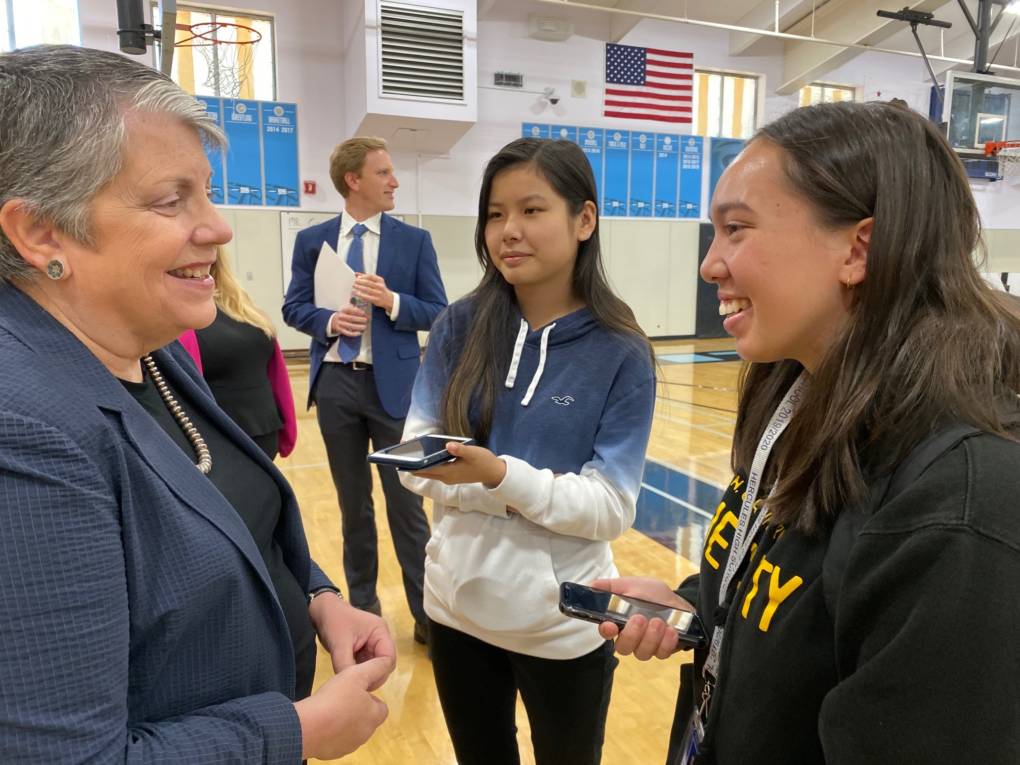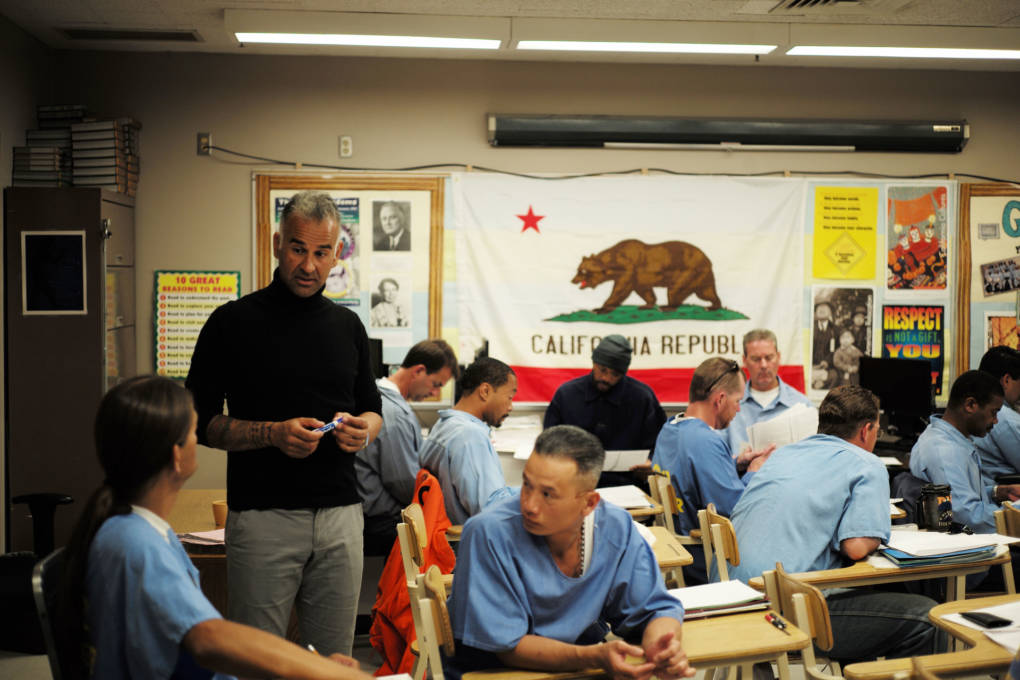Chabot’s answer to these challenges is to learn from programs it pioneered -- the Puente and Umoja programs. These cohort-based initiatives for underrepresented students have a 30-year track record and have been emulated across the state. Now Chabot leaders are building on that success with the First Year Experience program, which doesn’t focus on any specific group but has been a big help for first-generation college students like Shanya Prasad.
"I wasn’t confused. It was just so straightforward,” Prasad said. She recently transferred from Chabot to Cal State East Bay to study psychology. “It was, what do you want to do, these are the classes you have to take. It just made it so much easier for me, being first generation. It was a big help.”
Prasad said without FYE she would have felt lost, not sure of the classes to take or which counselor to go to. She’s heard stories of students getting one set of advice from one counselor and a different set from another. She said the program helped her to “grow into who I want to be and find what my interest was in.”
She entered community college thinking she wanted to be a nurse, mostly because she knew it was a good career and hadn’t heard of many other jobs. But her core classes in the Health and Wellness cohort exposed her to other aspects of medicine. She fell in love with psychology.
Data on the First Year Experience program at Chabot also points to some success. Seventy-four percent of all first-year Chabot students who entered in the fall of 2017 returned for the spring semester, while 92 percent of FYE students did. And even more telling, while 57 percent of all students returned for a second year from 2017-2018, 80 percent of FYE students did. But the program serves only a small portion of the college’s 20,000-student body -- around 250 students.
“We definitely don’t have sufficient funds to scale it up,” said Amy Mattern, dean of academic pathways and student success at Chabot. “If we want to go beyond the 250, to thousands of students, I wouldn’t be able to pay the faculty. I can’t hardly pay the faculty members now.”
Mattern cobbles together funding to pay for the FYE program from a variety of sources. All the participating faculty members and counselors have full course loads, but they are paid an hourly rate for the extra work they do with FYE students. That amounts to somewhere between 1,500-2,500 extra paid hours per year. Additionally, Mattern pays peer advisers for a dozen or so hours per week and has to budget for events, field trips and administrative time. This type of “high touch” program costs money, which makes it hard to scale up.
Still, Chabot leaders are looking for aspects of the program they might be able to expand. Mattern is leading the college's Guided Pathways work, a multiyear planning process meant to reorganize how the college works to make it easier for students to navigate. The chancellor’s office has compiled best practices from around the country and is charging each community college with implementing those practices in ways that make sense for their communities.
“We've been talking a lot about being a student-ready college, not that the students need to be ready for us, but that we, as a college, need to be student-ready,” Mattern said.
This term, “student-ready college,” is getting a lot of play at community colleges right now. The idea is that colleges need to recognize the barriers to success students have and help remove them. Rather than blaming students for not succeeding, the thinking goes, the college needs to change to fit student needs.
Chabot students have to work, take care of siblings, and often only attend school part time. They’re older adults, immigrants learning English for the first time, and low-income students trying to save some money while they get their general education credits.
“That means it's very difficult to be student-ready because everybody is a potential student and it is really hard to tailor,” Mattern said. “So it's a big reach. It is being aspirational. But we also have to do it. These are the students who are coming, and so we have to figure out how to serve them.”
Jennifer Lange, a faculty lead in the STEM pathway for the First Year Experience program, thinks of being student-ready this way:
“It's not just the mind and the class. It's the whole person. And we need to be able to see their whole life and be able to help them figure out how we fit into that life, not how they have to fit into ours.”
A stark example of that is a student she thinks about a lot.
“I had a student who was missing class a lot. But when he was there he was the crackerjack in the class. He was the one who would always ask questions of the guest speaker, he was always the one volunteering to lead something or have the answer. So it was very strange to us. He’s so good, why is he not always here?” Lange wondered.
Partway through the semester, the student came to her office and apologized for missing so much class. He admitted he was addicted to pain pills and was having difficulty navigating the medical system to get help. Lange jumped into action, connecting him to mental health counselors and other support staff she knew.
“I’m trying to take the stress off of them by carrying some of it myself,” Lange said.
She knows it’s not feasible to offer that level of support to all 20,000 Chabot students, but not all students need that level of handholding either. She hopes that through the Guided Pathways work, the college will figure out how to reorient itself into “success teams.” She imagines a team made up of a faculty, counselors, student support personnel, peer advisers and financial aid officers, all of whom are focused on the success of a specific group of students.
It won’t look exactly like FYE -- with its extra social events, cohorted classes and field trips -- but it could offer a basic level of support and structure. After all, they’ve seen that work.


